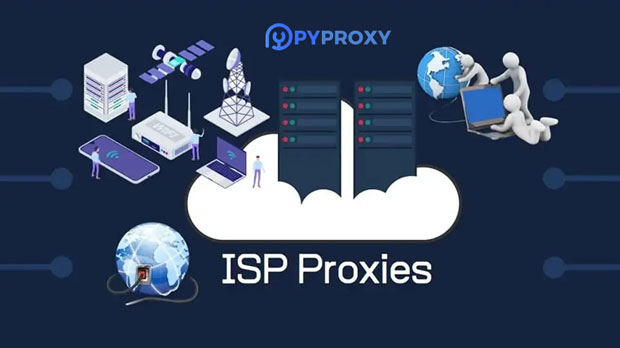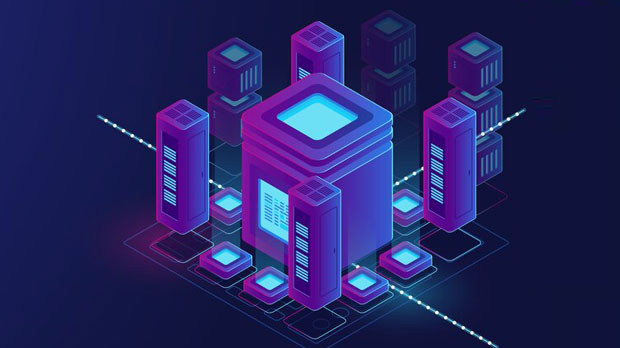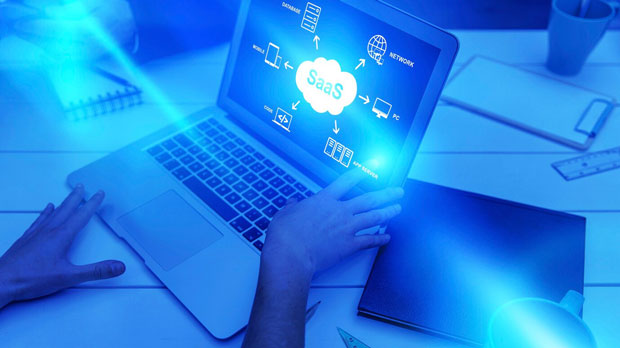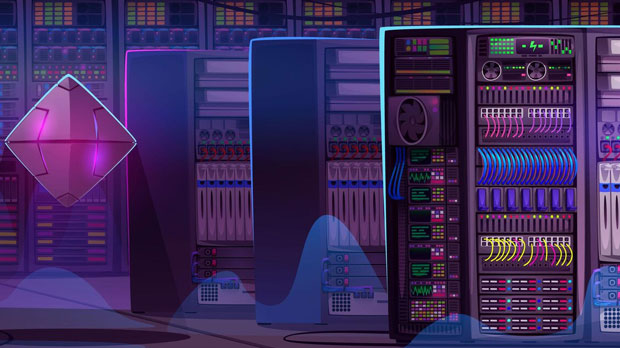In today's digital age, users often face restrictions when trying to access certain websites due to geographical or network limitations. Website unblockers have become a common solution to bypass these restrictions, offering freedom to access content without geographical constraints. The key to optimizing a website unblocker's performance lies in selecting the right proxy protocol. Choosing the appropriate proxy protocol can significantly enhance the speed, security, and efficiency of accessing blocked websites. This article delves into the various proxy protocols available and offers valuable insights on how to select the best one for faster website unblocking, focusing on factors such as protocol types, security, speed, and reliability. Understanding Proxy ProtocolsBefore diving into the specifics of choosing a suitable proxy protocol, it's essential to first understand what proxy protocols are and how they function. A proxy protocol serves as an intermediary between a user and the internet, rerouting requests and responses between the two. This method helps mask the user's real IP address, making it appear as if the request is coming from a different location. Proxy protocols can vary in terms of speed, security, and compatibility with various websites.There are several types of proxy protocols commonly used in website unblocking, including HTTP, HTTPS, SOCKS, and more advanced protocols like Shadowsocks and VPNs. Each of these protocols offers distinct advantages and limitations, and understanding their strengths and weaknesses is crucial for making an informed choice.Factors to Consider When Choosing a Proxy Protocol1. Speed and PerformanceOne of the most critical factors to consider when choosing a proxy protocol for website unblocking is speed. A slow proxy connection can negate the benefits of bypassing restrictions and may lead to frustrating user experiences. HTTP and HTTPS proxies are generally faster compared to other protocols, especially for browsing static content. They are commonly used for accessing websites without the need for complex encryption. However, while they offer decent speed, they may not be as reliable or secure when handling more complex traffic, such as video streaming or gaming.On the other hand, SOCKS proxies, specifically SOCKS5, offer better speed for dynamic traffic. sock s5 proxies support a wider range of internet protocols and are more flexible, making them ideal for users looking to unblock websites that require more intensive data transfers, such as media content or P2P applications.2. Security and EncryptionWhile speed is essential, security should never be compromised. A secure proxy protocol will protect your data from being intercepted by third parties, providing anonymity and safeguarding sensitive information.HTTPS proxies offer a secure connection by encrypting data between the client and the server, making them suitable for general browsing and accessing websites that require a higher level of security. This makes HTTPS a great choice for unblocking websites that involve financial transactions or require personal data.However, for users who are particularly concerned about security, VPNs (Virtual Private Networks) or advanced proxies like Shadowsocks can offer a higher level of encryption. VPNs are known for providing end-to-end encryption, ensuring that all data transferred between the user and the internet is protected from prying eyes. Shadowsocks, a modern proxy protocol, also offers strong encryption and has gained popularity due to its speed and ability to bypass even the most restrictive firewalls.3. Compatibility and ReliabilityNot all proxy protocols are compatible with every website or network. Some websites employ advanced detection mechanisms to identify and block proxy traffic, so selecting a protocol with high compatibility is vital for ensuring reliable access.For example, HTTP and HTTPS proxies are highly compatible with most websites, but some websites are specifically designed to detect and block proxy traffic. SOCKS proxies are generally more reliable in bypassing these restrictions due to their lower visibility and more versatile protocol support. Additionally, SOCKS5 proxies are compatible with both IPv4 and IPv6, making them a good choice for users seeking maximum compatibility.For users looking to unblock websites in highly restricted environments, Shadowsocks can be an excellent option. It is designed to work in heavily censored regions and can bypass even sophisticated firewall systems. However, users should keep in mind that Shadowsocks may not be as universally compatible as more standard proxy protocols like HTTP or SOCKS5.4. Cost and AvailabilityThe cost of using a particular proxy protocol is another factor to consider when choosing the right one. Free proxy services may seem attractive, but they often come with limitations, such as slower speeds, limited security features, and unreliable connections. Additionally, free proxies may not provide the level of anonymity that paid services offer.Paid proxies, including SOCKS5, VPNs, and Shadowsocks, are generally more reliable and offer better performance and security. While they come with a cost, the benefits they provide in terms of speed, security, and overall user experience often justify the expense.5. Ease of Use and SetupEase of use is another essential aspect to consider when selecting a proxy protocol. Some proxy protocols require complex configuration and might not be suitable for all users. HTTP and HTTPS proxies are relatively simple to set up and can be used with most browsers or applications without the need for advanced technical knowledge. SOCKS5 proxies, while offering more flexibility, might require additional configuration for certain applications.VPNs and Shadowsocks typically require more technical expertise to set up but are ideal for users looking for advanced features and stronger security measures. Many commercial VPN services offer user-friendly applications that simplify the setup process, making them accessible even for less tech-savvy users.ConclusionChoosing the right proxy protocol is essential for achieving faster and more reliable website unblocking. Speed, security, compatibility, cost, and ease of use are all crucial factors to consider. HTTP and HTTPS proxies are ideal for basic unblocking tasks and offer excellent speed, but they may fall short in terms of security and compatibility with all websites. SOCKS5 proxies provide a good balance between speed and security, especially for more dynamic content. For users who prioritize security and encryption, VPNs and Shadowsocks offer robust solutions, albeit at the cost of more complex setups.By considering these factors and understanding the strengths and weaknesses of each protocol, users can select the best proxy solution that meets their needs for website unblocking.
Jul 10, 2025



































































